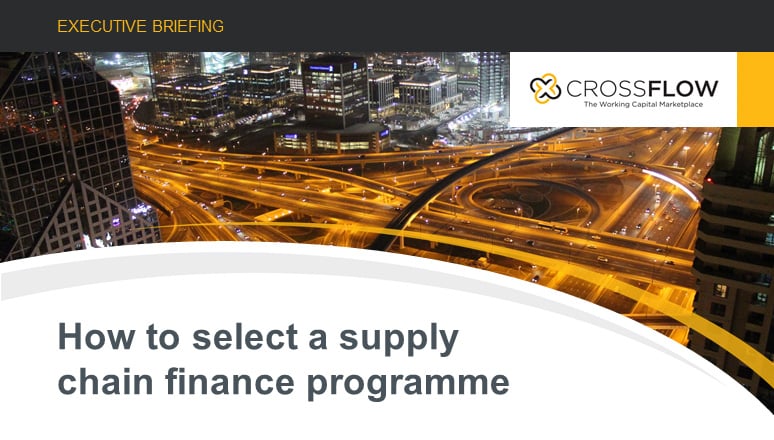Image credit: Pixabay
Late payments to UK SMEs have led to the collapse of over 50,000 businesses every year. As a result, society and government have combined to put pressure on big business to improve payment terms. This month, City A.M. reported that UK SMEs are chasing a combined £50bn in late payments and spending 30% of their time chasing invoices and managing expenses.
Things are easier said than done. UK corporates are under siege from a multitude of angles, including a global trade war, Brexit, lower demand, an increase in global competitors entering the space and high input costs.
Optimising working capital cycles and the availability of working capital are a key focus for corporates looking to navigate uncertain times. There are various working capital programmes to explore, so where should you start?

Dynamic discounting
Corporates that engage in working capital programmes would historically lean towards a dynamic discounting programme, due to its relative ease of setup and directly quantifiable ROI.
Dynamic discounting refers to corporate buyers settling their supplier invoices early. Suppliers would offer a early settlement discount to access early payment. The programme would run on an invoice-by-invoice basis. Corporate buyers and their suppliers can view invoices using a tech-based platform and select approved invoices for early payment.
Dynamic discounting programmes are generally met with enthusiasm from cash-hungry suppliers looking to smooth out their working capital. Procurement managers are able to engage with suppliers in a meaningful way when planning future projects.

Image credit: Pixabay
Supply chain finance
This is where data-driven supply chain finance (SCF) programmes come into their own.
SCF programmes carry a lower cost to the supplier than dynamic discounting, as the programme's risk profile is based on the larger corporate's credit rating. Allowing suppliers to finance their outstanding invoices against the credit rating of the corporate. This opens suppliers up to single-figure interest rates. With SCF, suppliers can convert debt into low-cost cash improving their working capital without placing added pressure on already burdened corporates.

Image credit: Pixabay
Data-driven SCF programmes see greater utilisation from suppliers in the long run as suppliers move to migrate their facilities and reduce the overall cost of funding, creating a more sustainable financial ecosystem.
While dynamic discounting and SCF both have their place in the market, I would lean towards a SCF programme as the working capital benefits on offer to both parties create greater liquidity for both.
Crossflow offers both dynamic discounting and supply chain finance programmes. If you are interested in learning more about the benefits of each and which one might be right for you, please get in touch.


